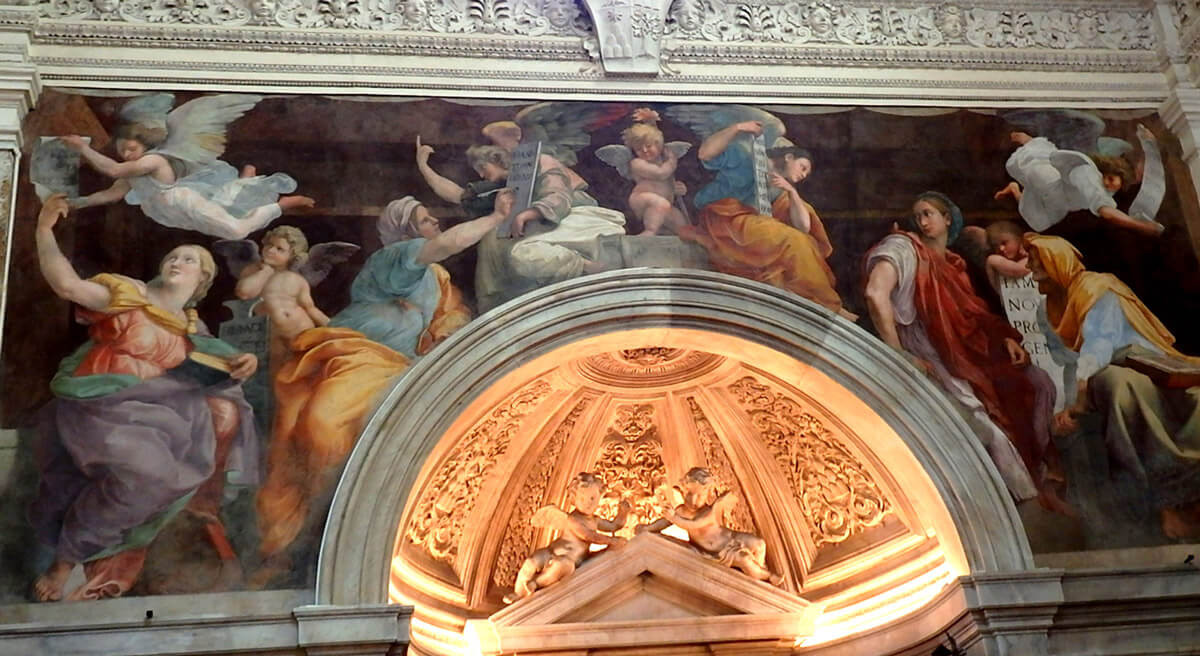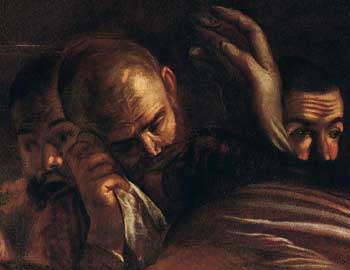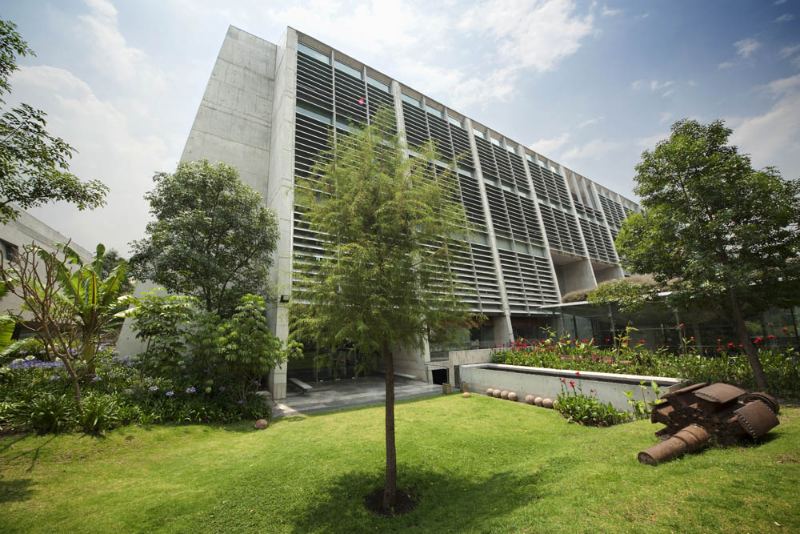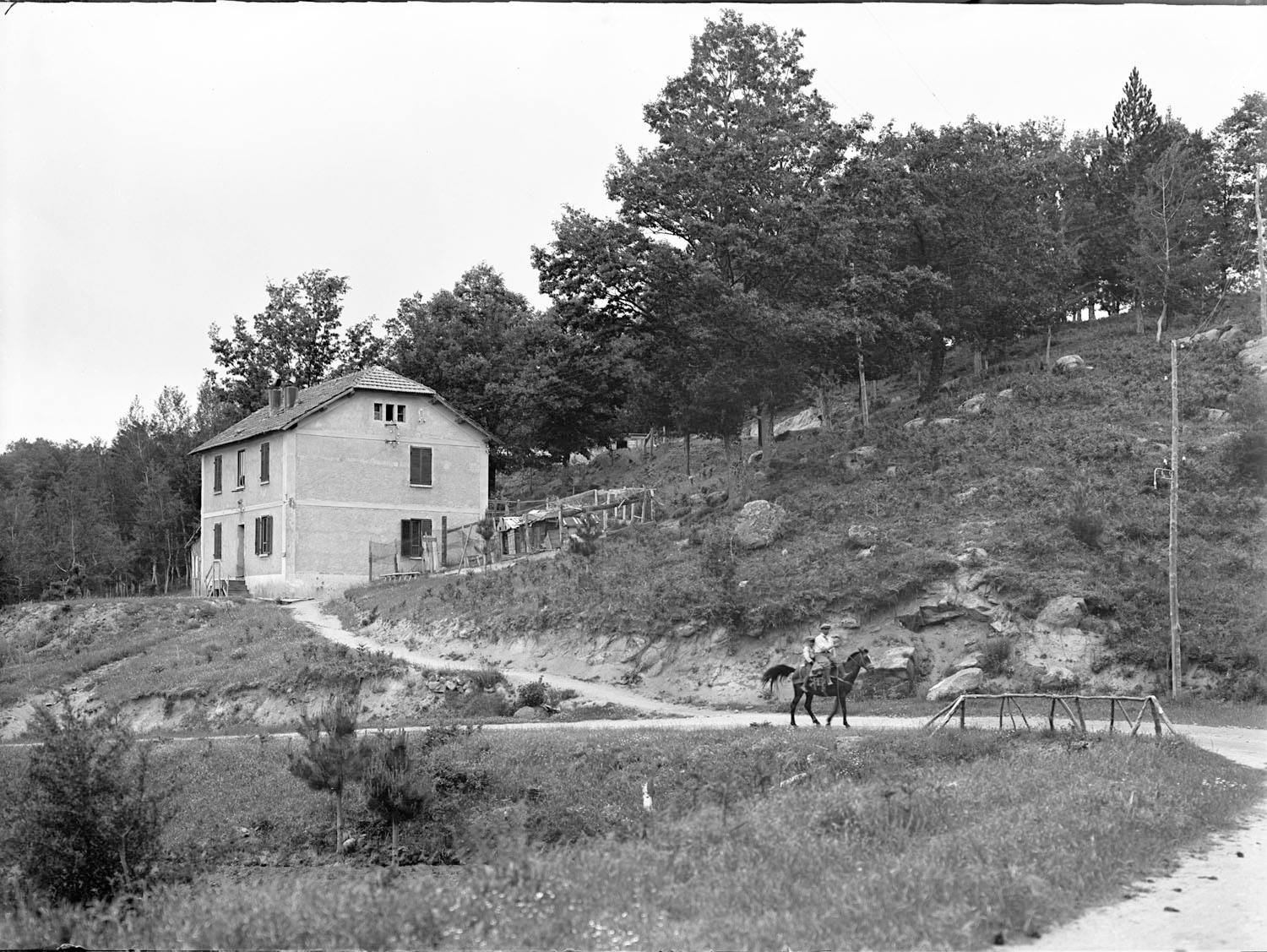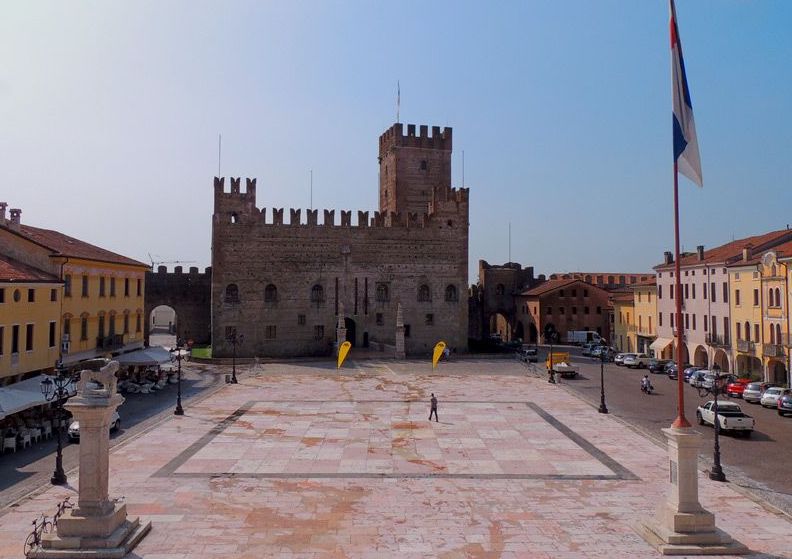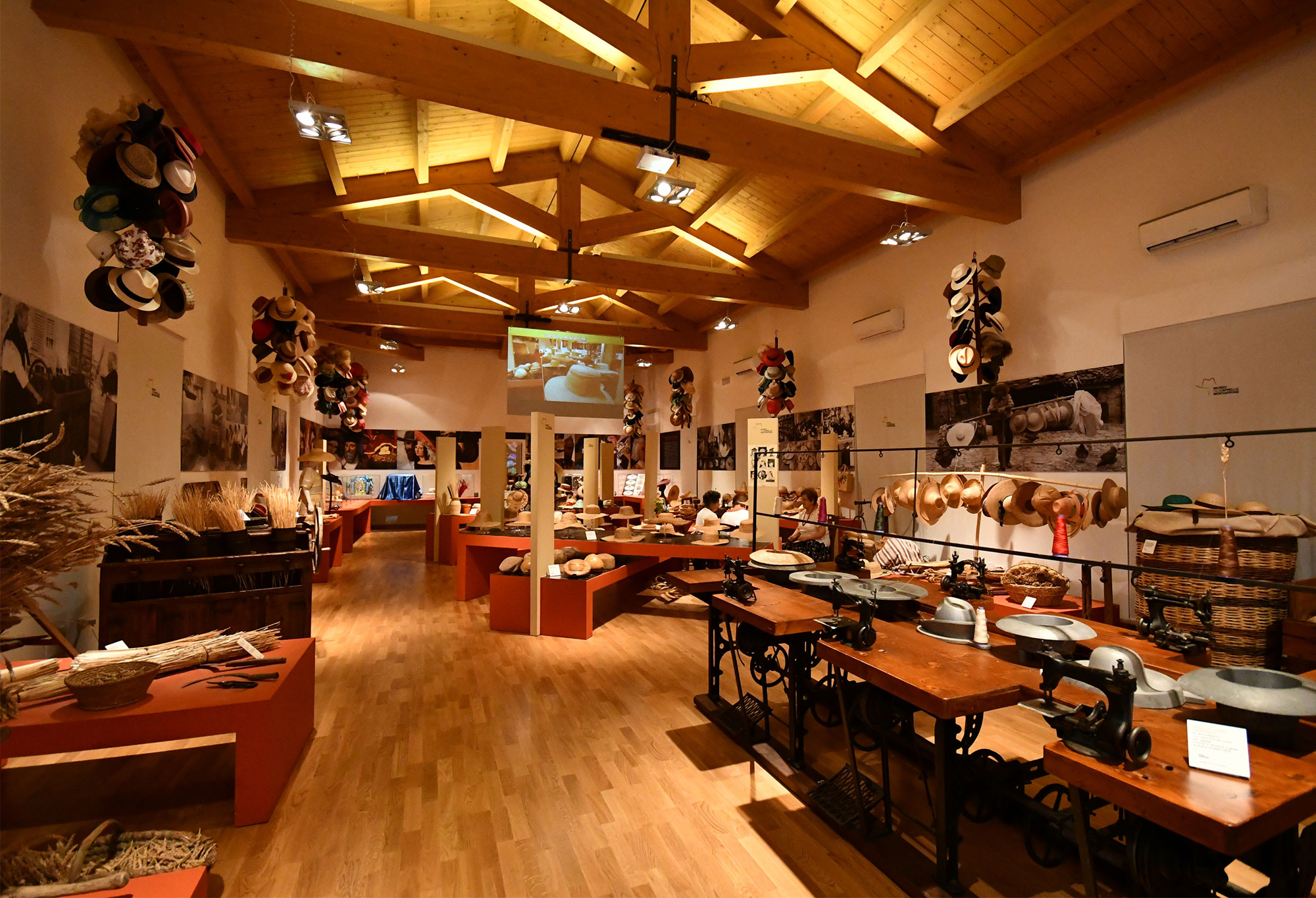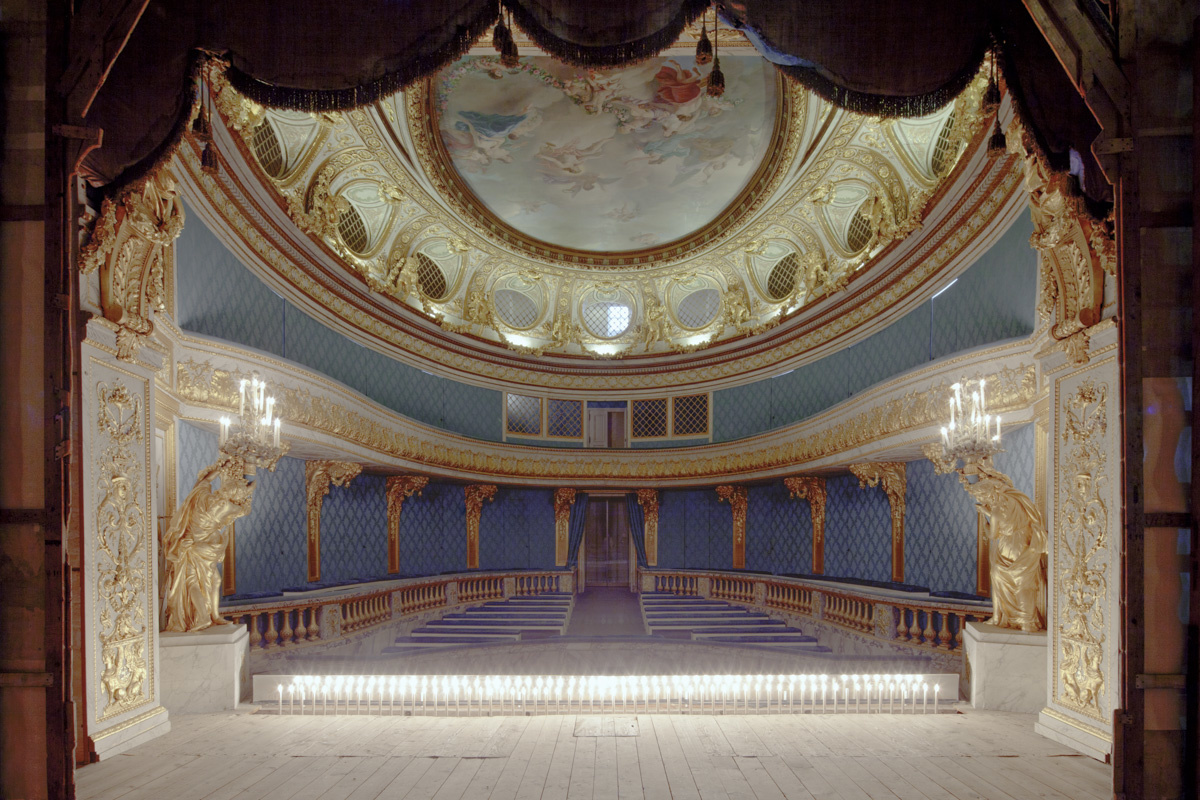The extraordinary fresco "The Sibyls" by Raffaello Sanzio is inside the Basilica of Santa Maria della Pace and can be admired from the Sala delle Sibille, on the first floor of the Chiostro del Bramante. Next to the Bistro Cafeteria.
ITA | ENG
WHO WE ARE
THE KIOSTRO
EXHIBITIONS
SERVICES
INFO
The Sibyls
Tweet
Share6
Share
Pin
6 Shares
The sibyls of Raffaello
sibyls-02
sibyls-03
sibyls-04
SAMSUNG CAMERA PICTURES
_H4A1867
_H4A1845
sibyls-12
sibyls-08
The Sibyls of Raphael
The extraordinary fresco "The Sibyls" by Raffaello Sanzio is inside the Basilica of Santa Maria della Pace and can be admired from the Sala delle Sibille, on the first floor of the Chiostro del Bramante. Next to the Bistro Cafeteria.
Raffaello Sanzio (Urbino, March 28 or April 6, 1483 – Rome, April 6, 1520) was an Italian painter and architect, one of the most famous of the Renaissance. Considered one of the greatest artists of all time, his work marked an inescapable path for all subsequent painters and was of vital importance for the development of artistic language of the centuries to come, giving rise among other things to a school that made art "in his own way" and that goes by the name of Mannerism.
Between 1508 and 1520 the artist created the Rooms in the Papal Apartments in the Vatican Museums (a 25 minute walk from the Chiostro > Viale Vaticano, 00165 Roma RM). The rooms are: Stanza della Segnatura, Stanza di Eliodoro, Stanza dell’Incendio di borgo and Stanza di Costantino.
Raphael is buried in the Pantheon (600 meters from the Cloister > Piazza della Rotonda, 00186 Rome RM). The Tomb, surmounted by the Madonna del Sasso, sculpted by Raphael’s pupil, Lorenzetto, has an epitaph by Pietro Bembo which reads "Here lies Raphael, by whom nature feared while he was alive to be conquered; but now that he is dead he fears to die". On the right is a plaque commemorating Maria Bibbiena, the painter’s fiancée, while on the left is a 19th century bust of Raphael by Giuseppe Fabris (1833).
The Sibyls and Angels frescoes were painted around 1515 and are over six metres wide,
The work was commissioned by the Sienese banker Agostino Chigi, a personage so important that he obtained permission from the Pope to keep two private chapels in the Basilica.
The fresco is a splendid example of formal beauty and erudition.
The perfect ensemble of the composition, marked by the central putto and the harmonious specularity of the figures, typical of Raphael, is full of symbolic and literary references. The evident relationship is between the angels bearers of the divine message and the Sibyls who announce it to the world, essential figures of connection between the pagan era to which they belong and the imminent Christian one.
Their importance in Renaissance iconography is also testified by their vivid presence in the frescoes of the Sistine Chapel by Michelangelo. The comparison between Michelangelo’s sibyls and those of Raphael reaffirms once again the stylistic differences between the two greats of the 1500s. Michelangelo’s figures are powerful and plastically define their inner strength. Those of Raphael are elegant and lyrical, soft and harmonious as those of all his painting.
Able to dominate the future, knowing it in advance as seers, the four figures are nevertheless entirely attracted in various ways by the apparition of God’s messenger angels. They are thus transformed into a new interpretation of the ancient in a Christian sense.
Painted with perfect symmetry around the arch over the entrance to the second Chigi chapel, the four Sibyls, Cumae, Persian, Phrygian and Tiburtine, are represented by young girls, with the exception of the last, the elderly Cumae Sibyl.
Next to them Raphael places the verses of Virgil that refer to a new race that "descends from the highest heavens", to reiterate the prophecy of the advent of Jesus.
